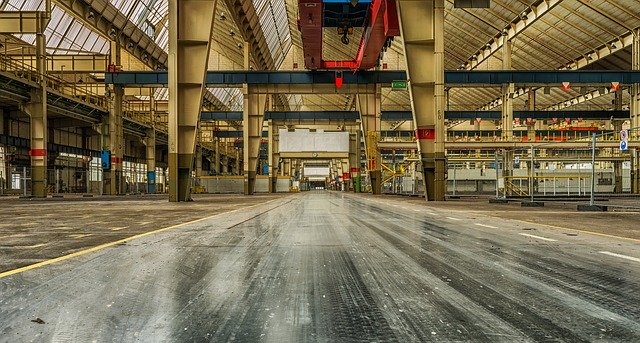Any move, whether it’s a house, an office or even a factory, is a challenge. It’s no easy feat, there will be issues, both big and small. So how can you plan a successful factory move? In our latest blog, we take a look at 3 top tips to having a successful factory move.
When relocating a factory, there are lots of different things to take into consideration, from managing production scheduling and maintaining stock levels. Lots of companies decide to increase production in the lead up to a move, this is so that they have ample stock availability while the move is taking place. It also means that production isn’t affected and a successful factory move that doesn’t impact production can take place.
1. Plan, plan, and then plan some more
As with any big project, proper and efficient planning is needed. The most important step is coordinating with a relocation company. This primarily involves auditing the current factory environment, as well as the new site so that a proper assessment report can be prepared. This report outlines the most efficient method for relocating equipment.
By ensuring you have a strategic plan, it also allows you to mitigate and record any obstacles, as well as better manage the move. You can organise it correctly, and make sure that deadlines are met.
At the same time as your audit, it is also an ideal time to check your equipment as well as review your factory’s design and establish ways in which you can improve the layout to optimise production.
2. Designate roles and communicate
Within your company, you should have designated move coordinators. These individuals will liaise with your relocation provider. A move or project manager should be assigned to your project who oversees every stage of the process and ensures regular updates are scheduled daily, weekly and monthly, depending on the complexity of your factory move.
3. Prepare for moving day
Some equipment requires a little more attention than others, as it may involve being disassembled before the relocation. This means that you should know how long this is going to take, as well as make sure experienced moving engineers are responsible for complex equipment.
When choosing a relocation partner, it is important to find a company that is experienced, particularly with moving factory equipment, and is able to solve problems quickly and easily, should any issues arise.
When disassembling equipment, make sure you provide the manuals and instructions to your relocation company, if you have them. Alongside this, make sure to provide sizes so that custom packaging cases can be provided, or heavy lift facilities supplied.
4. Know what to expect
It is best to come from a realistic perspective when planning a factory move. Not everything will go accordingly to plan, there may be ups and downs. However, this can be better managed by breaking the process down into phases, which are completed in a set time frame. By doing this, it allows you to see how production in the factory could be disrupted, manage how the stock will be stored, and how it will be distributed.
Contact Wessex Interiors
If you’re interested in relocating your factory, particularly for a project in Southampton or Portsmouth, please don’t hesitate to get in contact with our friendly and professional team today by calling 02380 663 100, or through filling out our online enquiry form, and we’ll be in touch.
